Submitted by Sarbjit Bahga
Remembering Le Corbusier & His Indian Connection On His 132nd Birth Anniversary
India Architecture News - Oct 05, 2019 - 14:47 46896 views
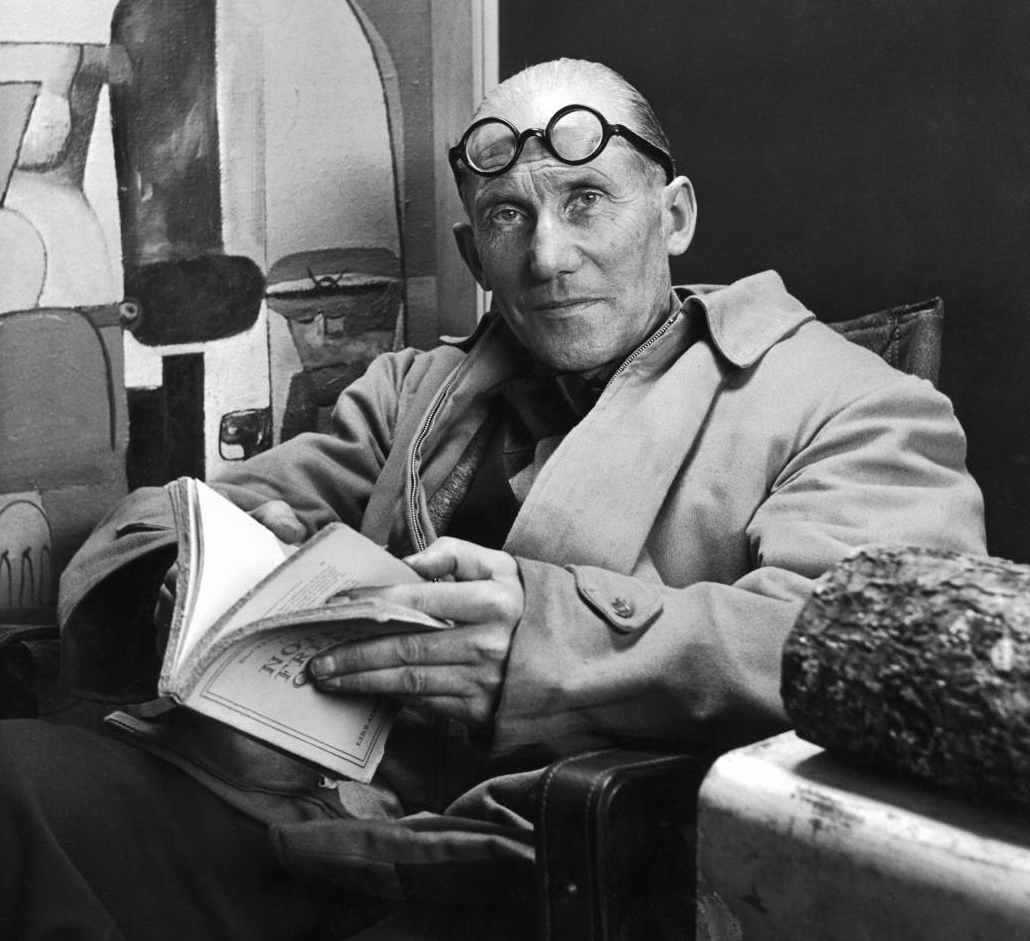
"Le Corbusier's greatest contribution to twentieth-century architecture is probably that of having rediscovered man who had become lost in the frenetic development of technique," writes Francoise Choay, one of his biographers. His contribution to both form and technique is indeed unique. His work bears the mark of both rationalism and humanism and was essentially a social action aimed at producing solutions to man's problems.
Le Corbusier became a legend during his lifetime, and as Patrick Nuttgens in his book, 'Understanding Modern Architecture' wrote insightfully, "His influence has been so colossal, so worldwide and so comprehensive that he dominates not only the world of architecture but, in effect, a great part of the world of invention and culture. He ranks with Darwin, Freud, Einstein, Wittgenstein and Picasso among major figures who have forever affected the world to which we belong."
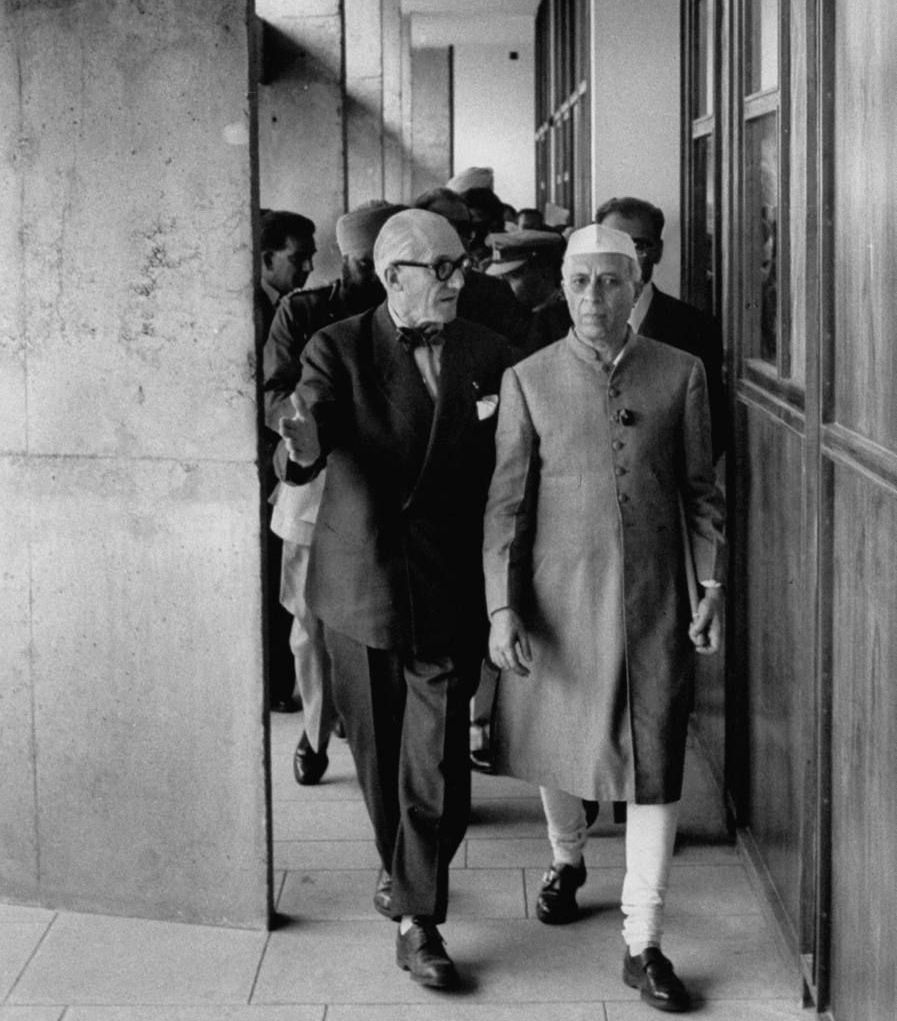 Le Corbusier with Jawaharlal Nehru. Photo: gstatic.com
Le Corbusier with Jawaharlal Nehru. Photo: gstatic.com
India is the first country in the world to have invited Le Corbusier to give concrete expression to his theories in the designing of the new capital of Punjab, namely, Chandigarh. Le Corbusier found a sympathetic and visionary patron in the first Prime Minister of India, Jawaharlal Nehru. Corbusier's work in India has left an enduring legacy in modern architecture not only in this country but in the entire world.
The early fifties saw the beginning of Le Corbusier's association with India. It started when PN Thapar, the Chief Administrator of the Chandigarh project and PL Varma, the Chief Engineer of Punjab were sent to Europe to select a team to design a new capital for the state of Punjab which would be named Chandigarh. They had with them a list of potential candidates which was compiled with the assistance of Otto Koenigsberger, a London-based planner. Le Corbusier's very presence in India was to radically transform the image and status of architects as well as architecture as a profession. However, the most significant change was related to the aesthetic content of the formal training courses of architects in the schools of architecture.
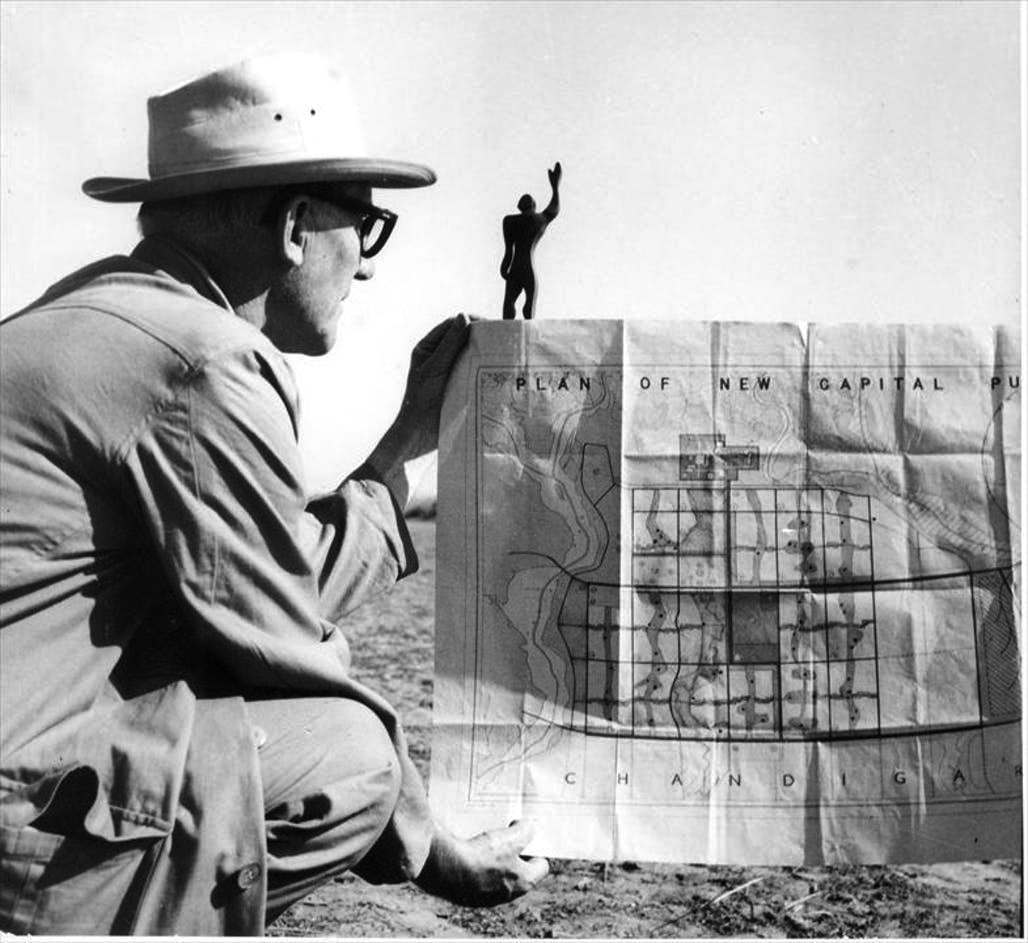 Le Corbusier holding the master plan of Chandigarh. Photo: archinect.com
Le Corbusier holding the master plan of Chandigarh. Photo: archinect.com
Le Corbusier was a man with a strong ego and was intensely preoccupied with working out a philosophy of town planning - a philosophy of building a city from scratch. After initial hesitation to appoint Le Corbusier to design the new capital, Thapar and Varma accompanied by Maxwell Fry and Jane Drew met Le Corbusier in his office. Considering the potential of creating a city and the opportunity of finally implementing his life-long ideas, Corbusier agreed to consider taking up the Indian project. He accepted the assignment on the condition that his cousin Pierre Jeanneret would be taken on for the project team. The Indian selection team agreed to all his terms.
Le Corbusier was happy with the new commission. He recorded his feeling in his diary, "It is the hour that I have been waiting for - India, that human and profound civilization - to construct a capital. Urbanism is the activity of society. Capital is the spirit of a nation." After the execution of the contract, Le Corbusier was appointed as Architectural Adviser for Chandigarh project. He visited India for the first time on February 18, 1951. After assuming charge of the gigantic assignment, Le Corbusier prepared the master plan of the new city of Chandigarh and subsequently designed the Capitol Complex, the City Centre and the Museum Complex.
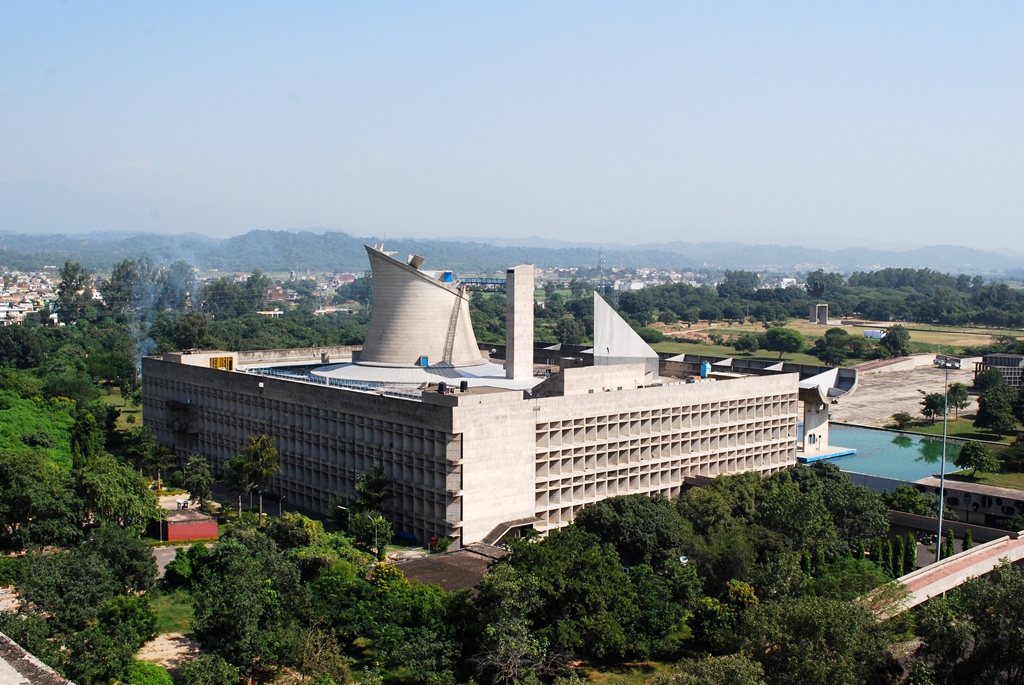 Capitol Complex of Chandigarh. Photo: Sanyam Bahga
Capitol Complex of Chandigarh. Photo: Sanyam Bahga
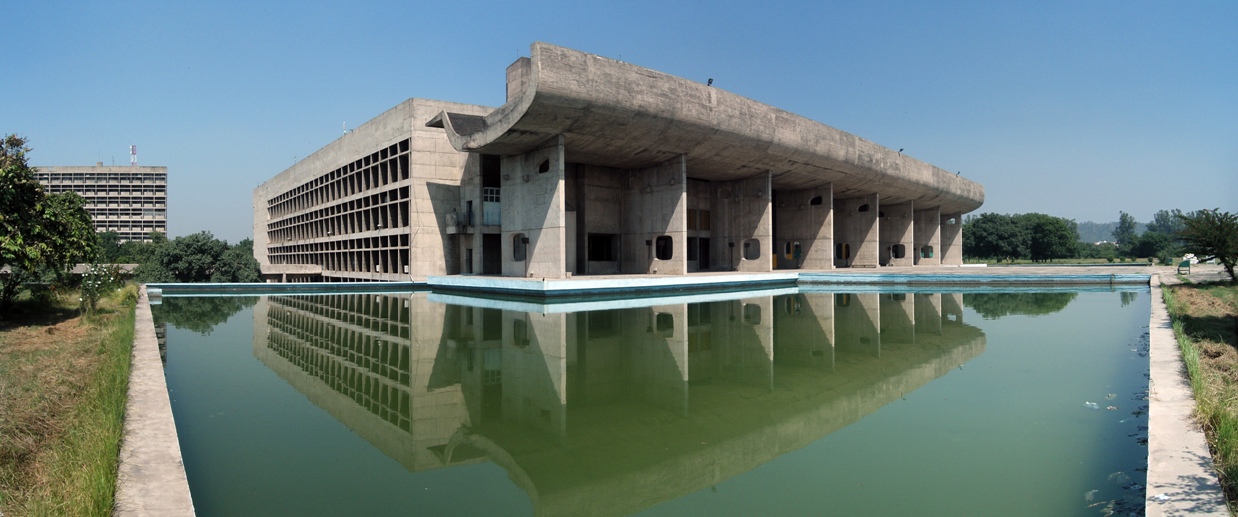 Legislative Assembly Building, Chandigarh. Photo: Duncid
Legislative Assembly Building, Chandigarh. Photo: Duncid
This project offered Le Corbusier almost an unfettered opportunity to give creative and concrete expression to his philosophy of architecture. No country in the world including France, Germany, or the United States of America gave him the freedom to design a new city which India's first Prime Minister gave. people of India have appreciated Le Corbusier's work. Nehru's words are an eloquent testimony to it: "India has many famous ancient cities and buildings. Among these reminders of the past, there now stands a new and utterly different, growing city - Chandigarh, which is, in the main, the creation of famous architect, Le Corbusier. I think, however, that Chandigarh is a great creation, which has already powerfully affected Indian architecture and brought new and fascinating ideas to our architects and town planners."
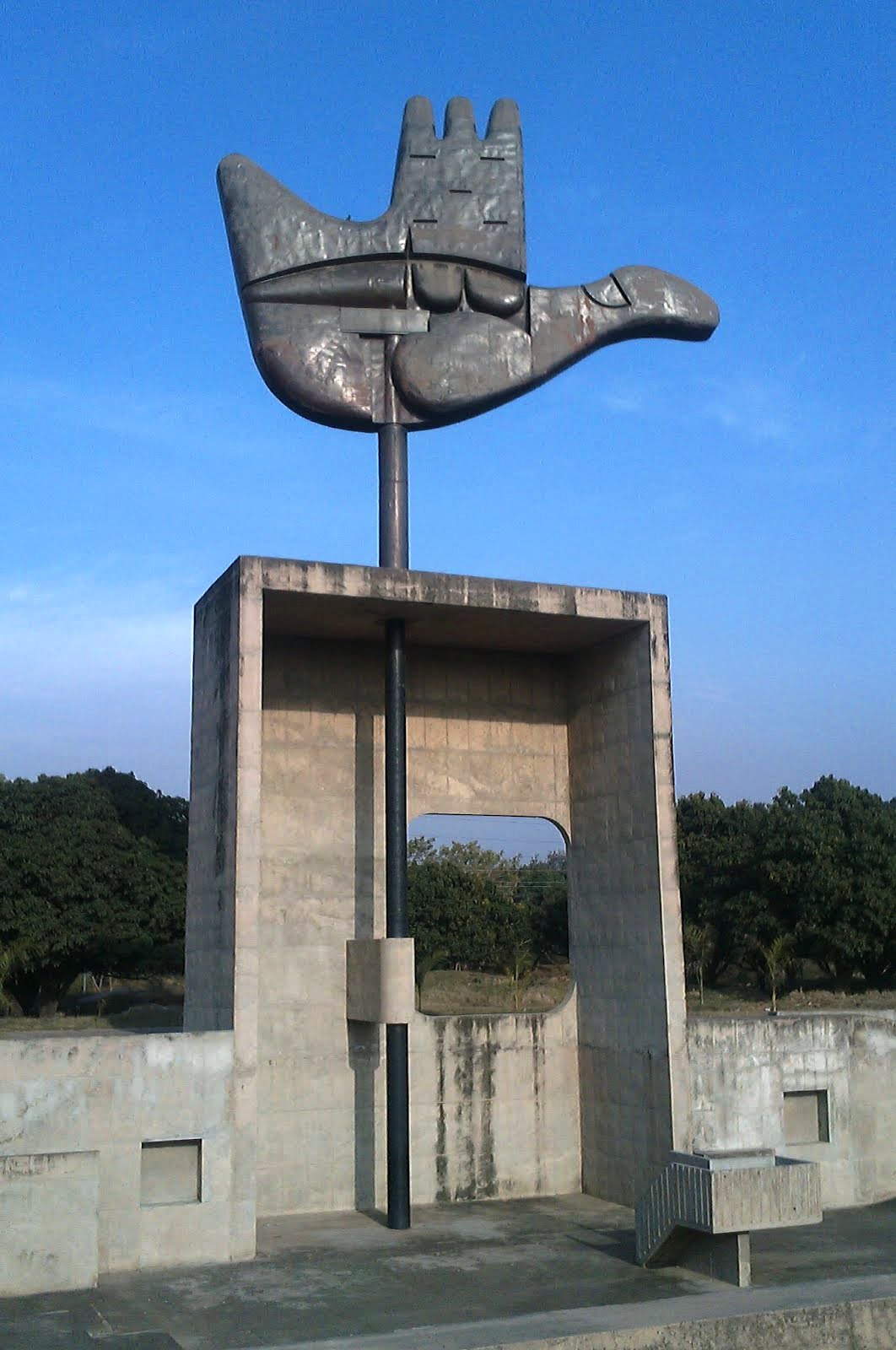 Open Hand Monument, Chandigarh. Photo: Sanyam Bahga
Open Hand Monument, Chandigarh. Photo: Sanyam Bahga
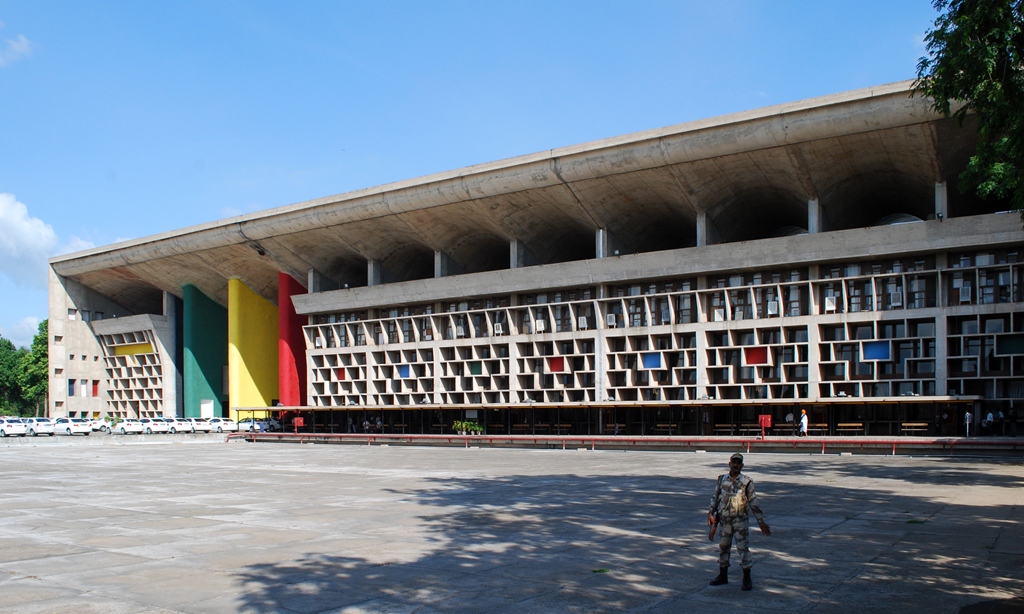 High Court Building, Chandigarh. Photo: Sanyam Bahga
High Court Building, Chandigarh. Photo: Sanyam Bahga
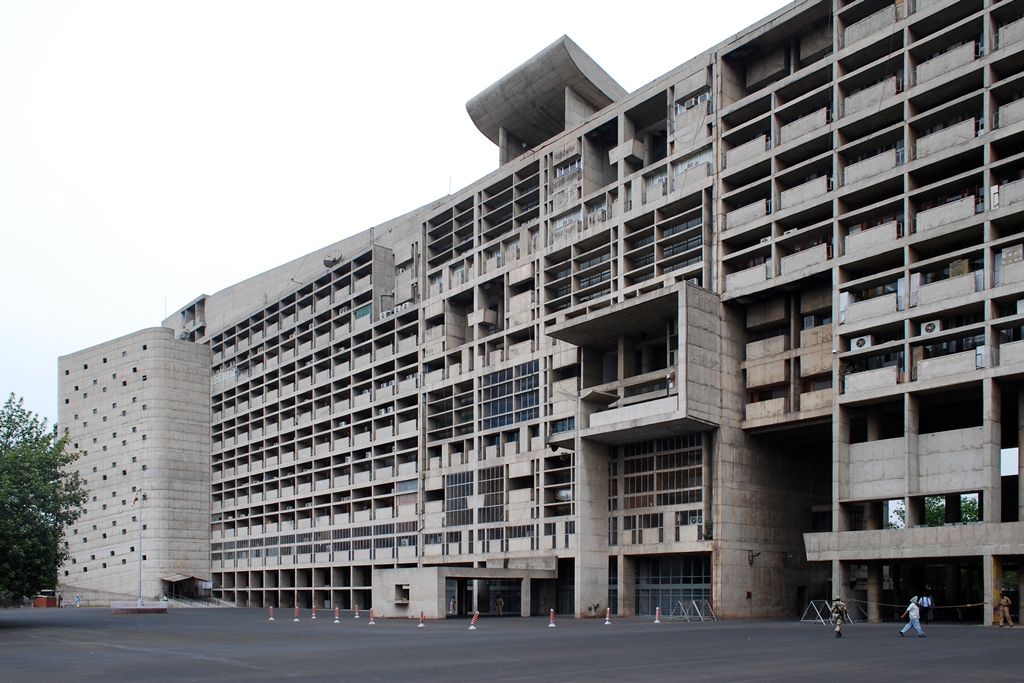 Secretariat Building, Chandigarh. Photo: Sanyam Bahga
Secretariat Building, Chandigarh. Photo: Sanyam Bahga
The prowess of Le Corbusier's design can be gauged from the fact that the Capitol Complex designed by him has now become a great tourist attraction with marvels of honed pieces of architecture. For architects and town planners who came from all over the world, it is a living witness to man's search for himself, his interaction with space and time, his understanding of form and function.
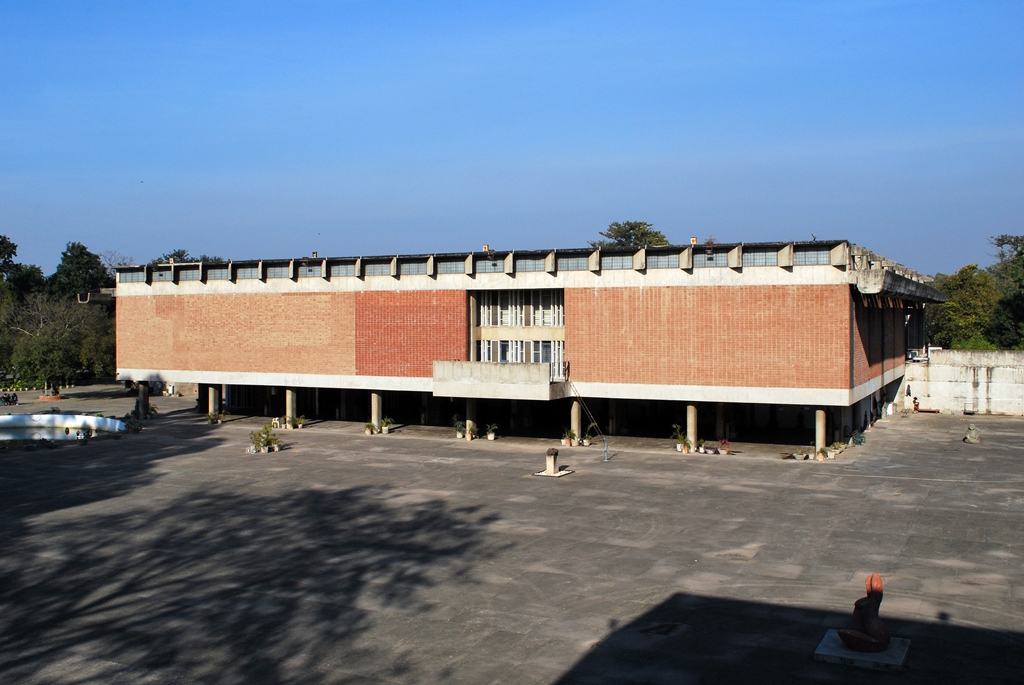 Government Museum and Art Gallery, Chandigarh. Photo: Sanyam Bahga
Government Museum and Art Gallery, Chandigarh. Photo: Sanyam Bahga
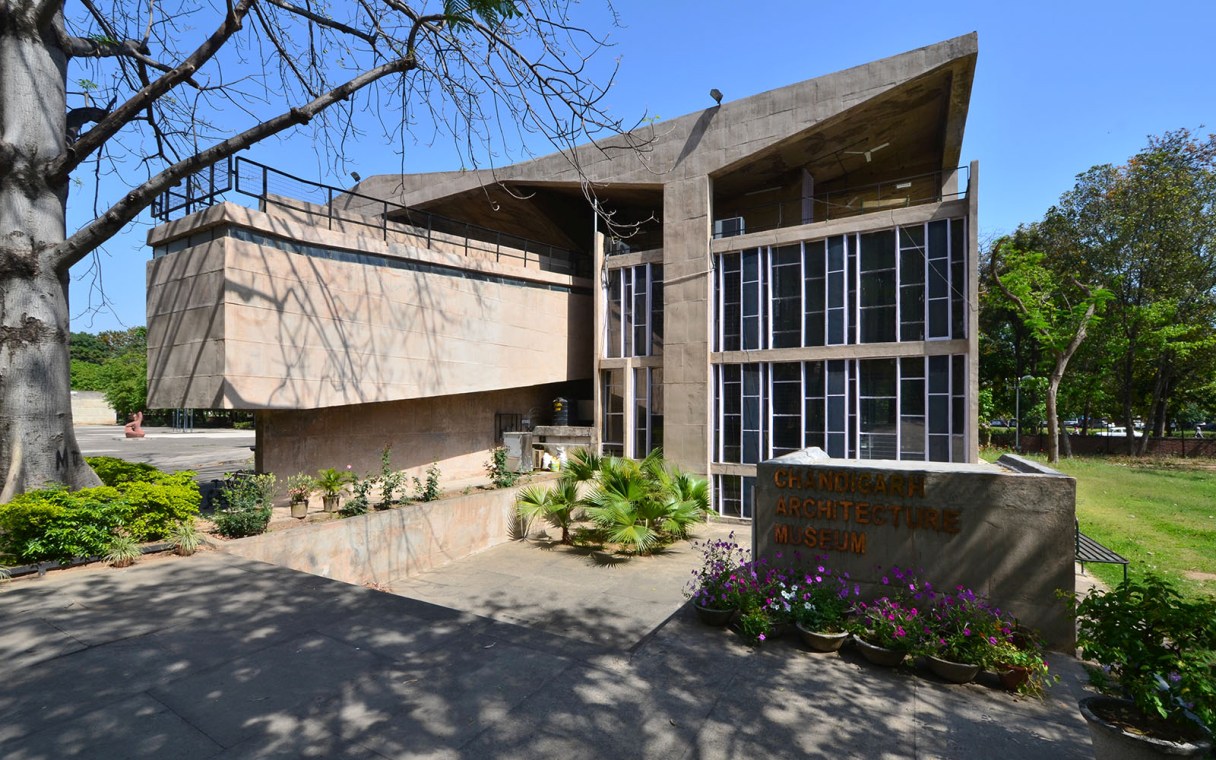 Temporary Exhibition Pavilion (now Chandigarh Architecture Museum), Chandigarh. Photo: Sanyam Bahga
Temporary Exhibition Pavilion (now Chandigarh Architecture Museum), Chandigarh. Photo: Sanyam Bahga
Apart from Chandigarh, Le Corbusier also designed some important buildings in Ahmedabad. These include Sanskar Kendra, Villa Shodhan, Villa Sarabhai and Mill Owners' Association Building. Though much has been written and published on Le Corbusier's all projects in India and abroad, the author chooses to dwell on the Mill Owners' Association Building, Ahmedabad as a tribute to the master on his 132nd birth anniversary.
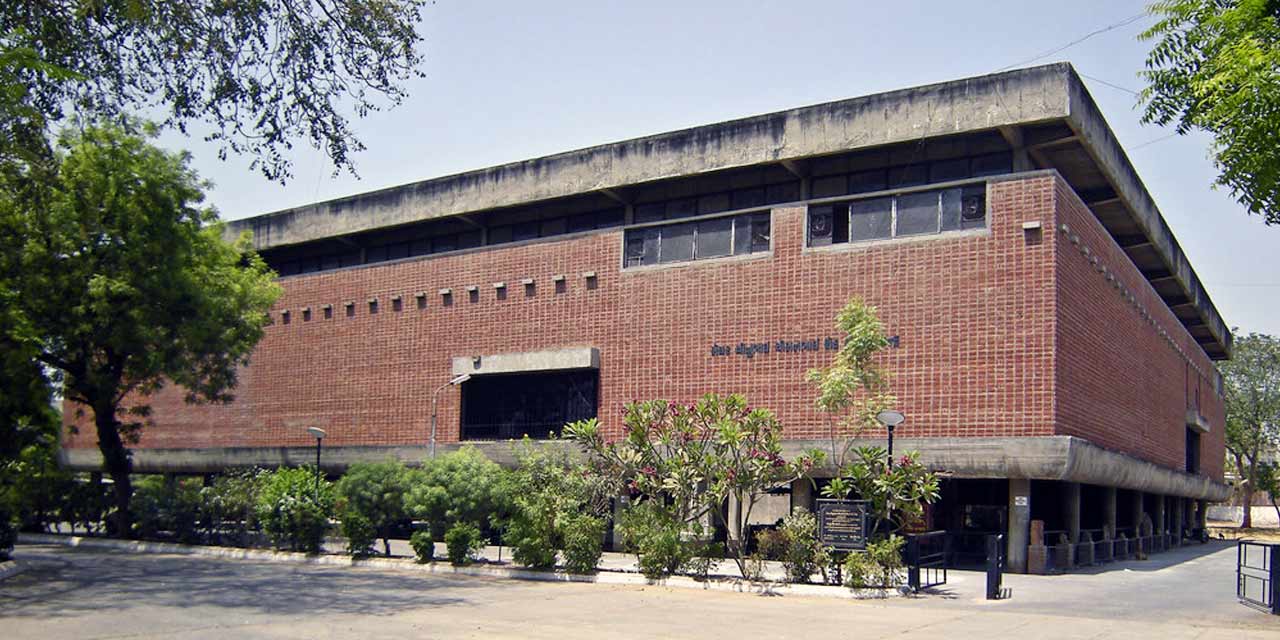 Sanskar Kendra, Ahmedabad. Photo: ahmedabadtourism.in
Sanskar Kendra, Ahmedabad. Photo: ahmedabadtourism.in
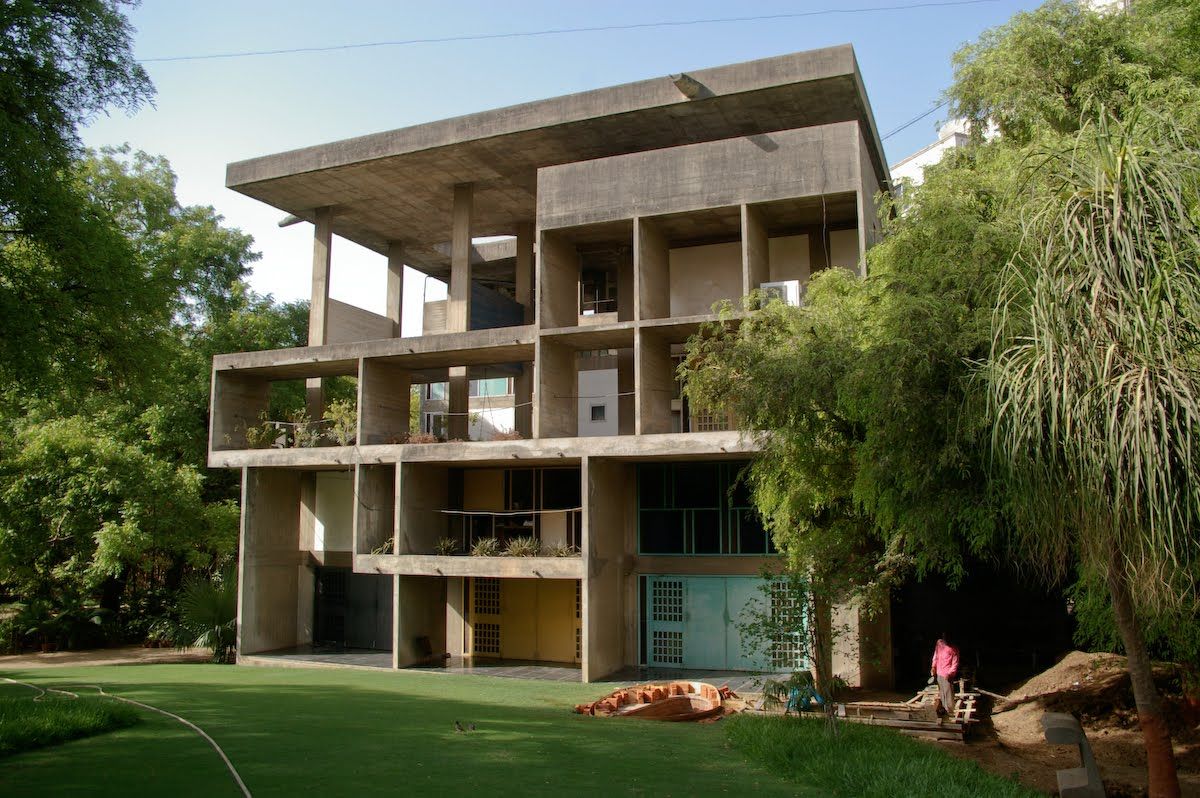 Shodhan House, Ahmedabad. Photo: in.pinterest.com
Shodhan House, Ahmedabad. Photo: in.pinterest.com
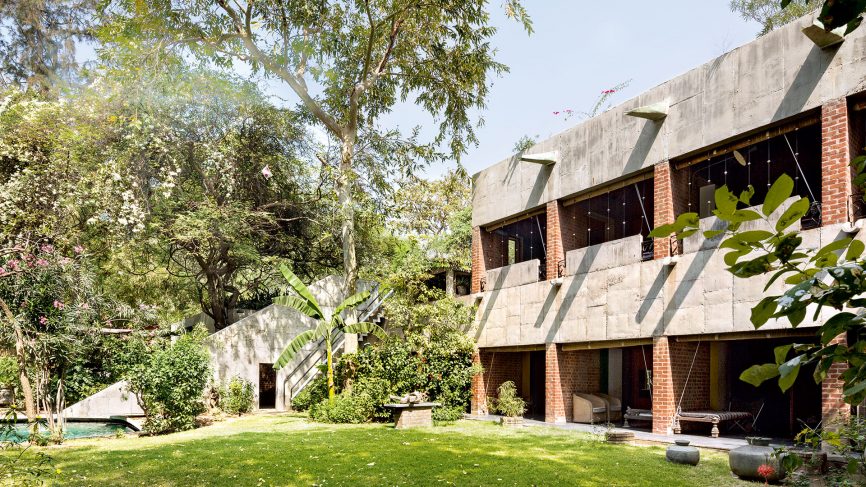 Sarabhai House, Ahmedabad. Photo: architecturaldigest.in
Sarabhai House, Ahmedabad. Photo: architecturaldigest.in
Mill Owners' Association Building, Ahmedabad (1954-56)
This strongly disciplined, cube-like structure is situated on a picturesque site, overlooking the River Sabarmati. The design is based on the architect’s concept of Villa Cook (1926), a house palace which he described as a place 'endowed with dignity.' The structure is a symbol of the architect’s response to the Indian climate and contains all of his formal inventions in this regard, e.g., pilotis, free plan, free façade, brise-soleil and a roof-garden.
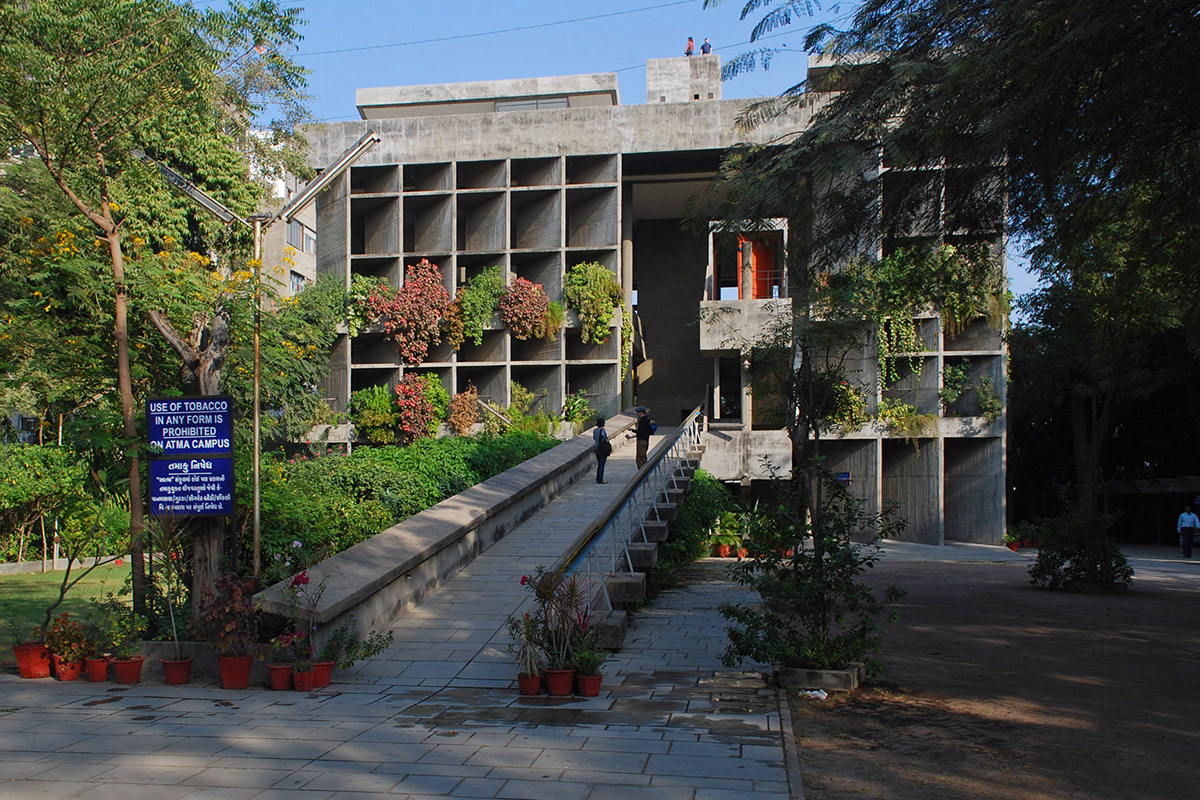 Mill Owners' Association Building, Ahmedabad. Photo Sanyam Bahga
Mill Owners' Association Building, Ahmedabad. Photo Sanyam Bahga
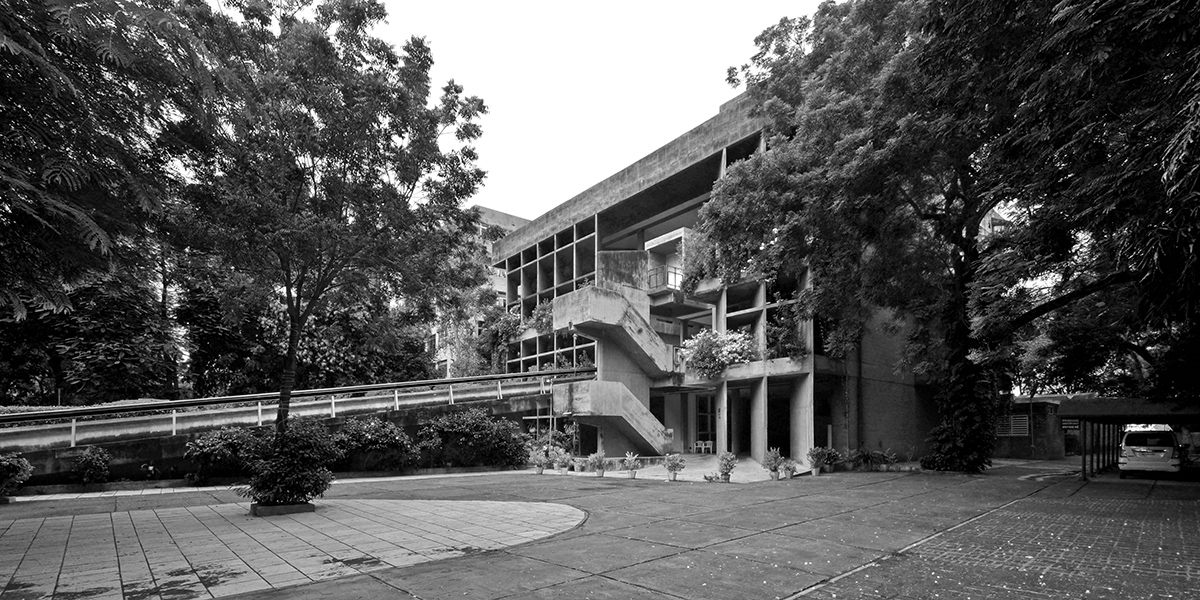
The building has accommodation for business, social and cultural activities of the Mill Owners Association and is expressive of its dual character—private and public. The ground floor is partly open and contains the services and circulation areas. A straight-flight linear ramp leads from the parking area directly to the waiting area on the first floor, which is earmarked for more private functions and houses a reception, offices and conference hall.
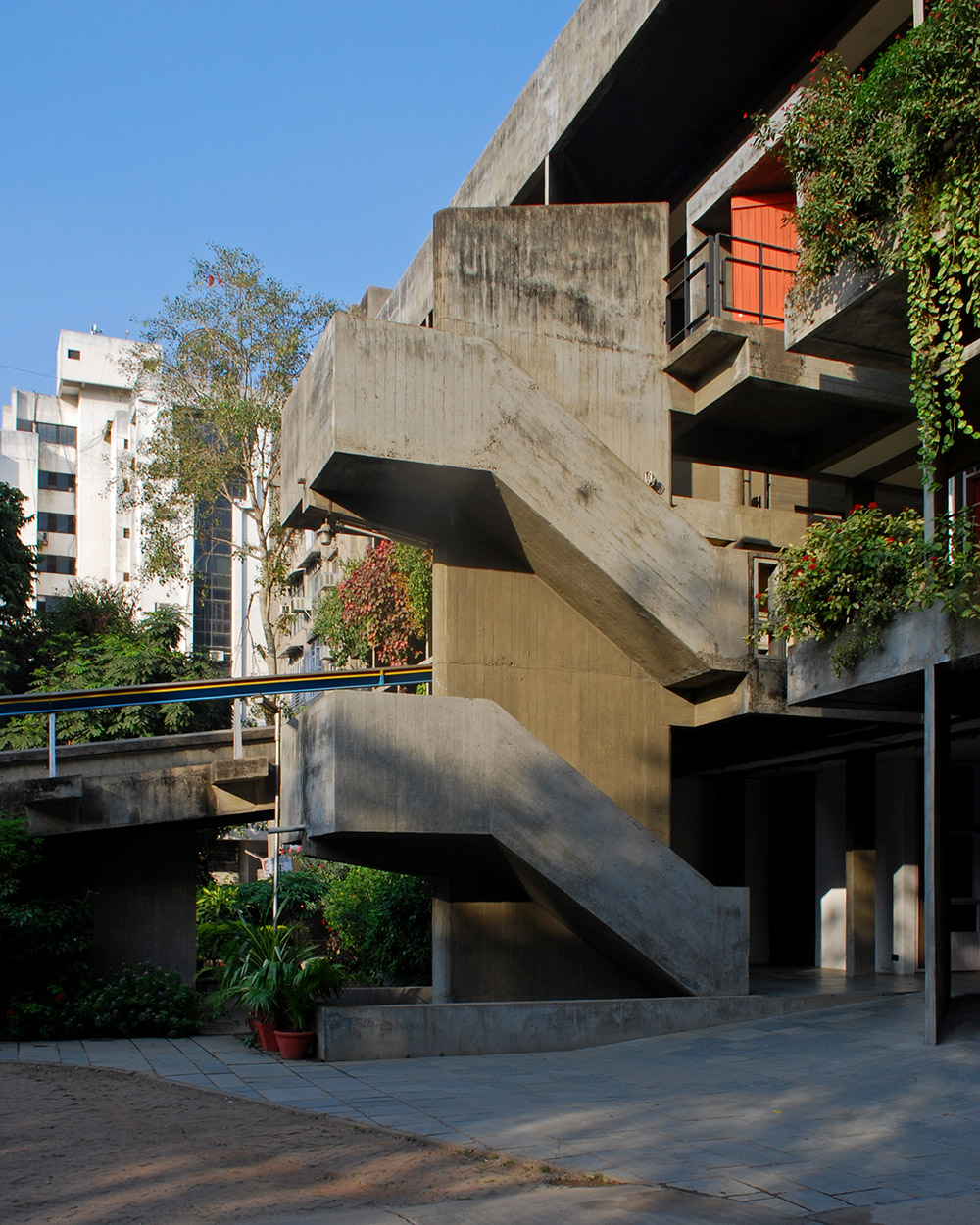
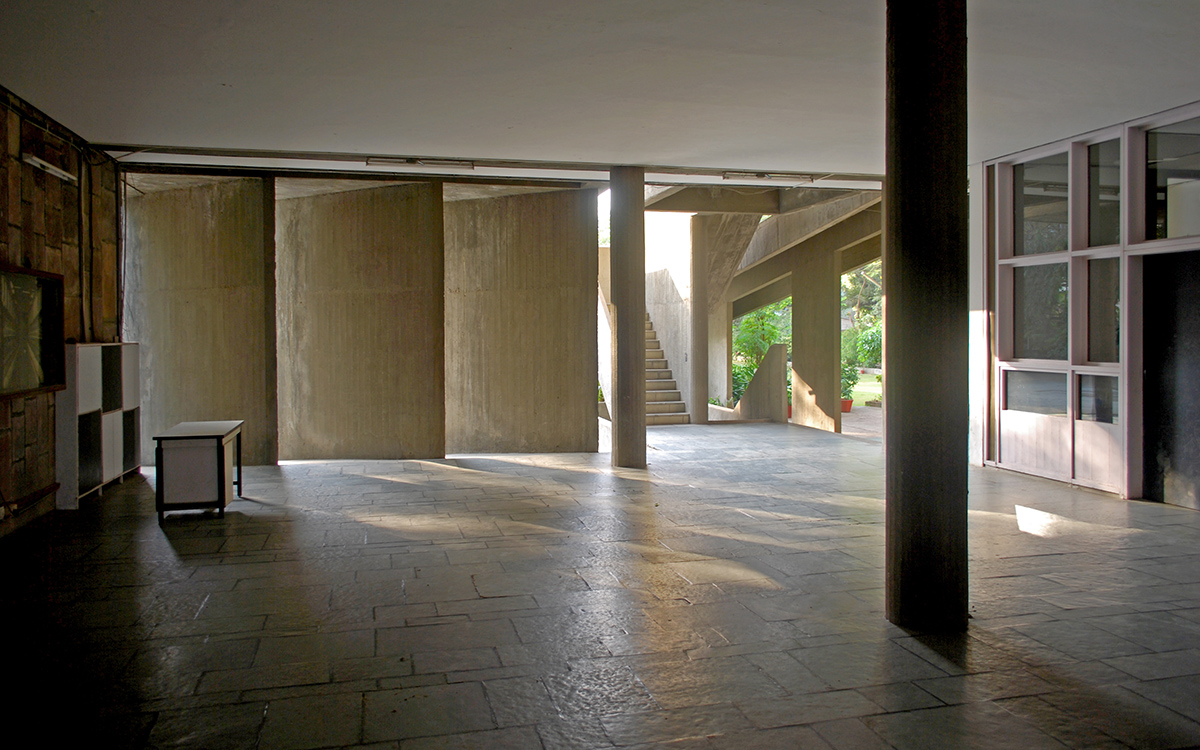
The second floor, intended for public functions, is treated as a double floor and contains a lobby and an auditorium. The lobby, with its open space defined by harsh angular forms, and the top-lit auditorium, with curved surfaces penetrating the roof, add to the visual variety of the interiors. The roof, with its terrace-garden extending over the entire area, has been envisaged for use for evening entertainment, besides protecting the interiors from the heat of the sun. All these levels are vertically linked by two elevators and an external staircase.
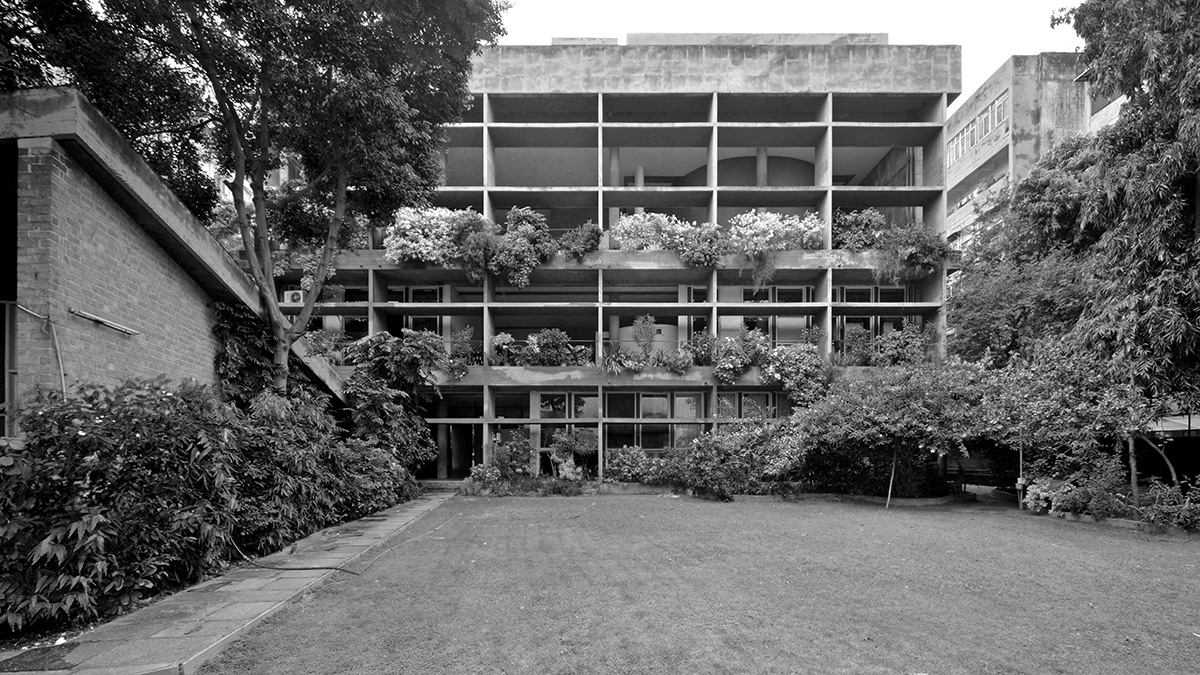
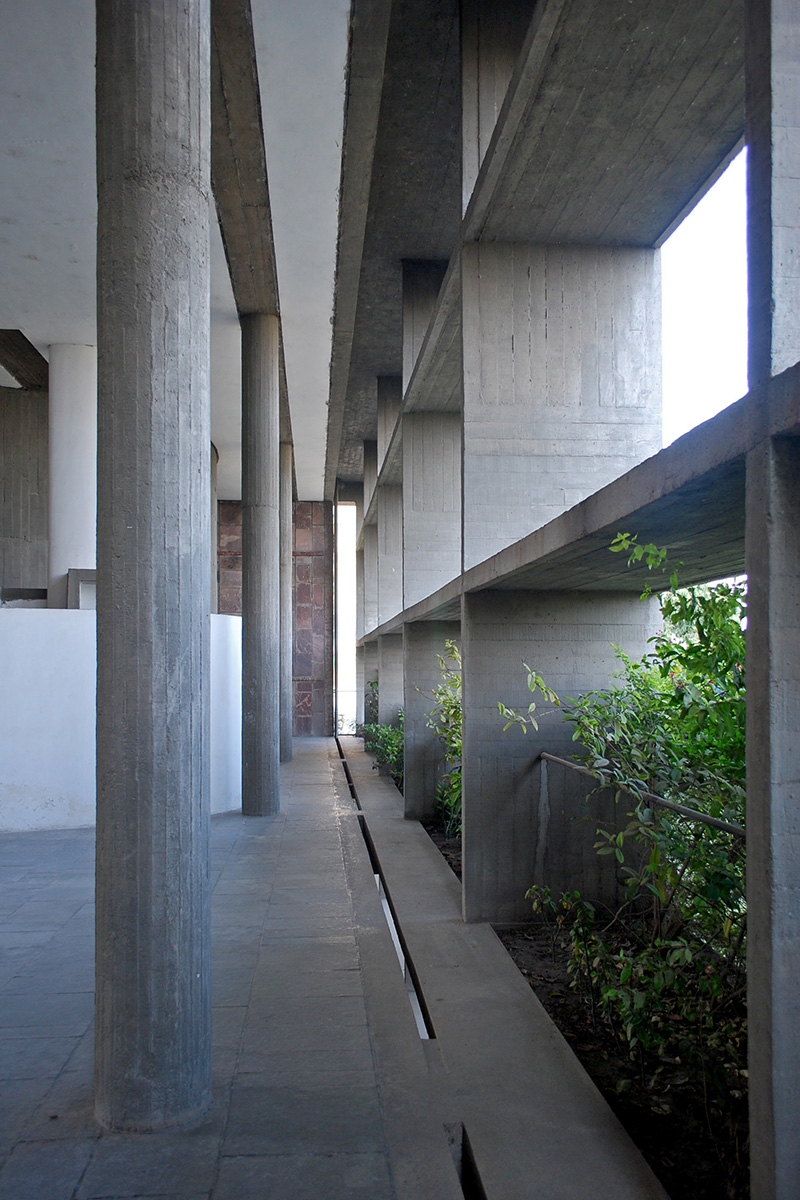
The building is oriented to catch the prevailing breezes through openings on it's east and west facades with reinforced-concrete brise-soleil and adjustable blinds. The north and south facades are predominantly blank with exposed brick surfaces.
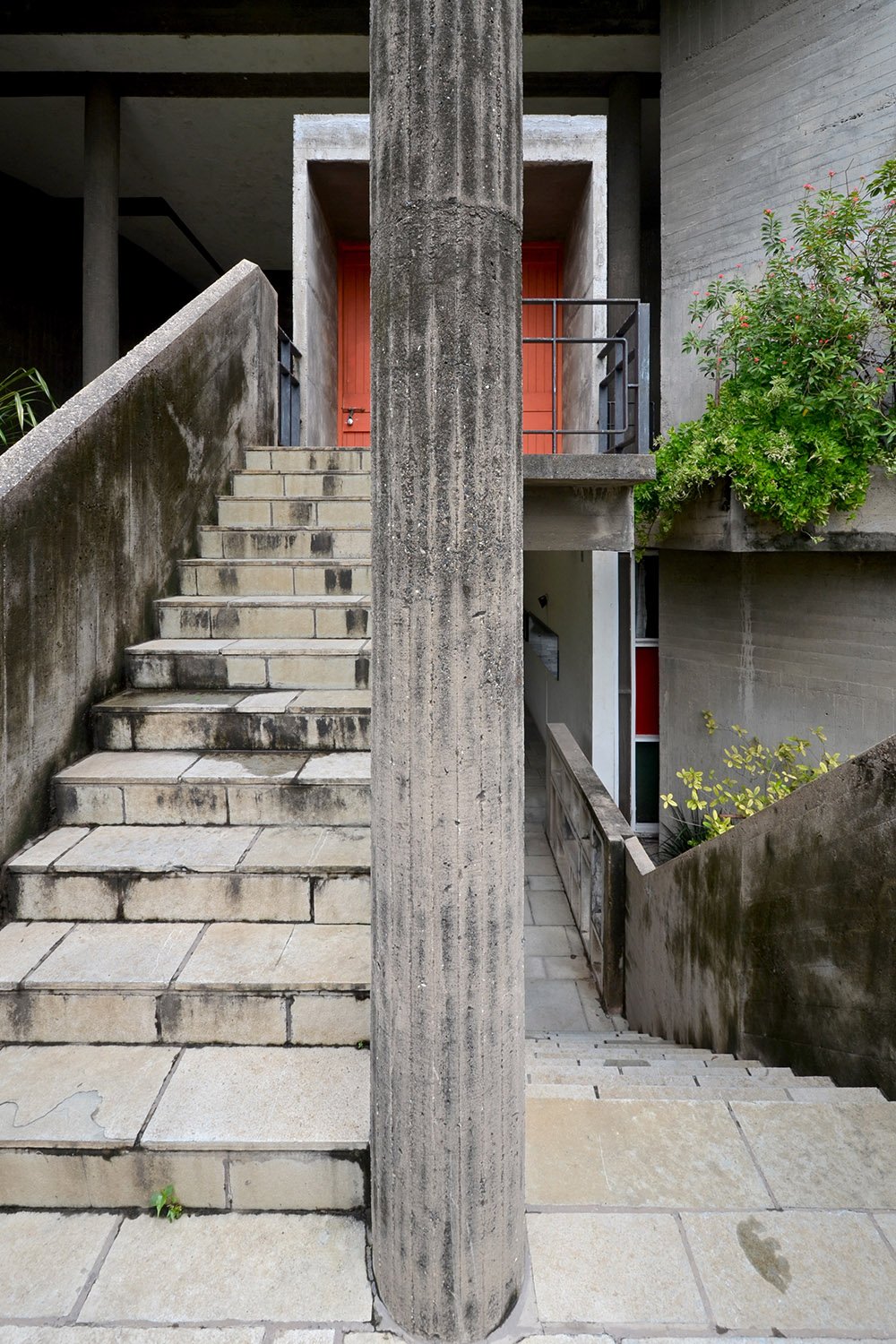
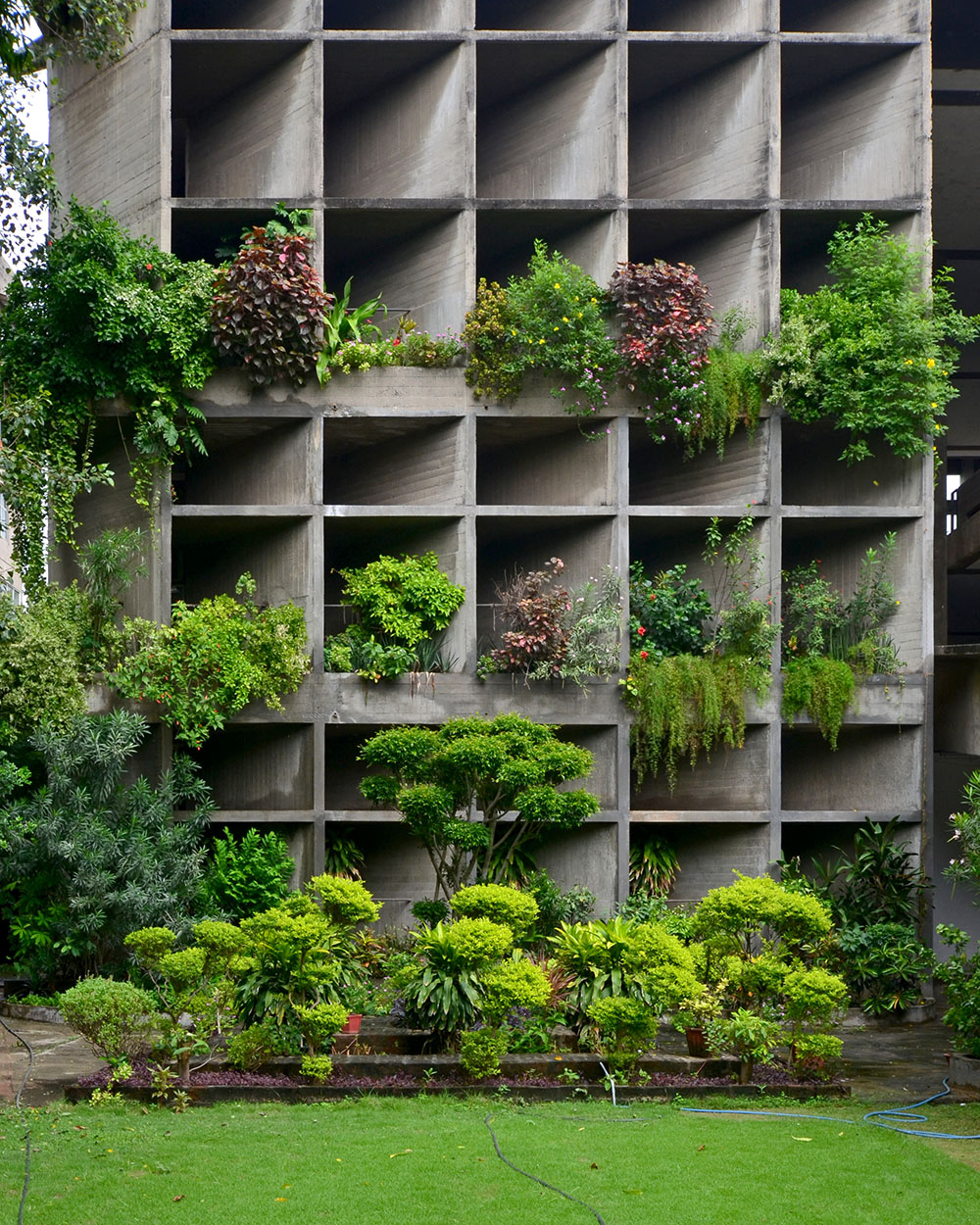
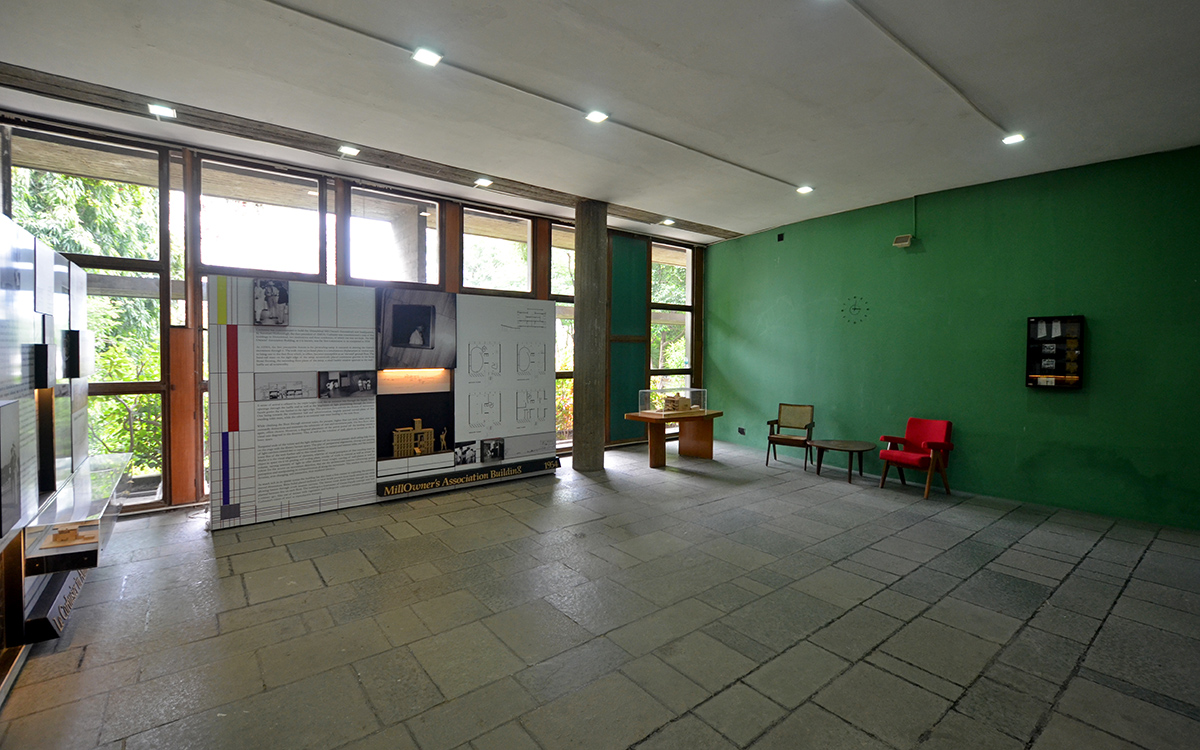
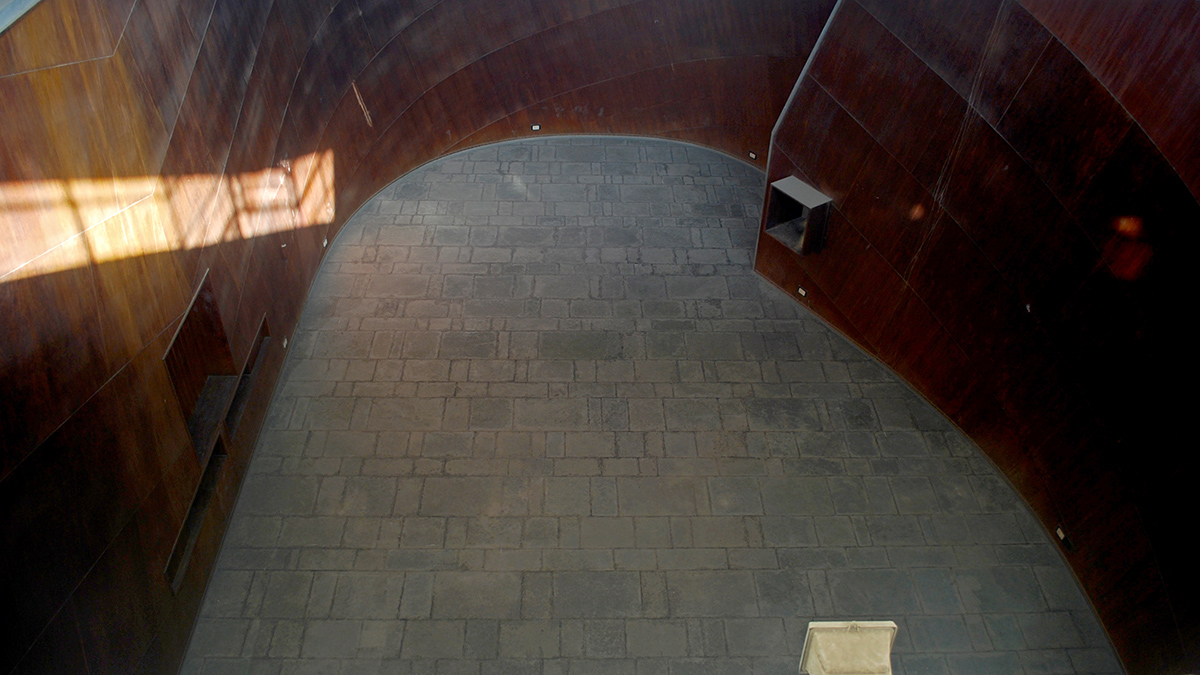
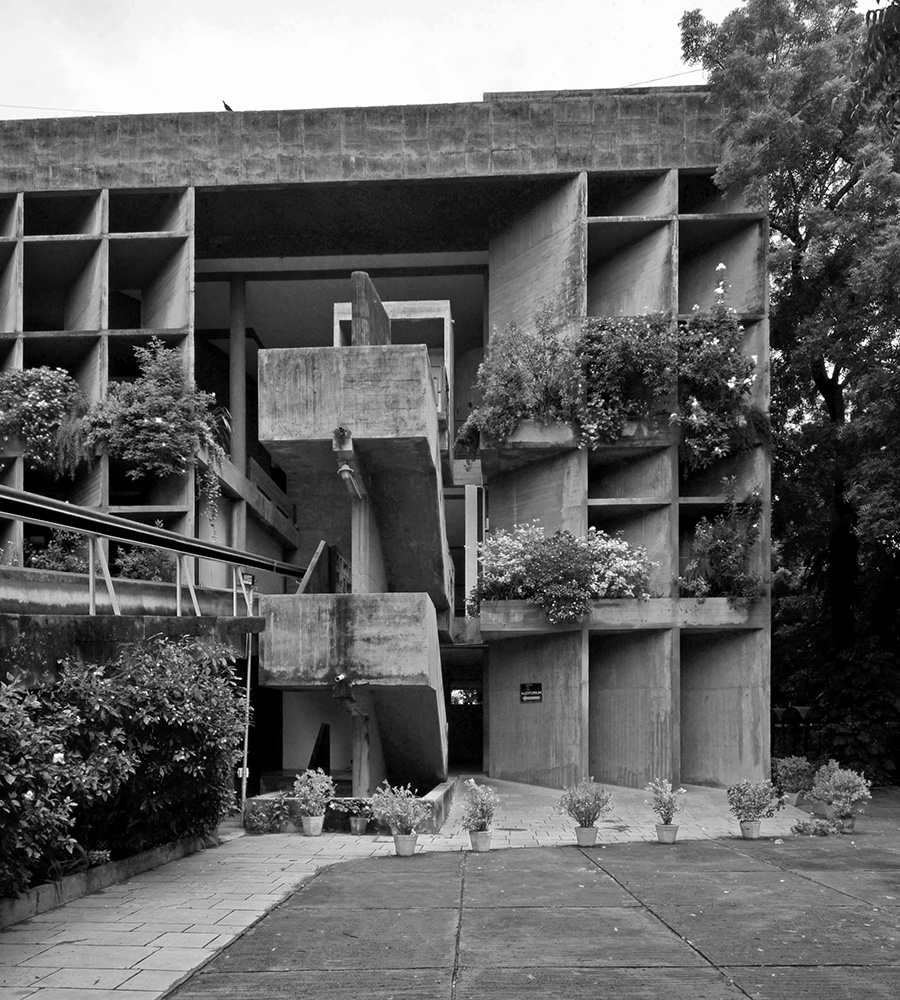
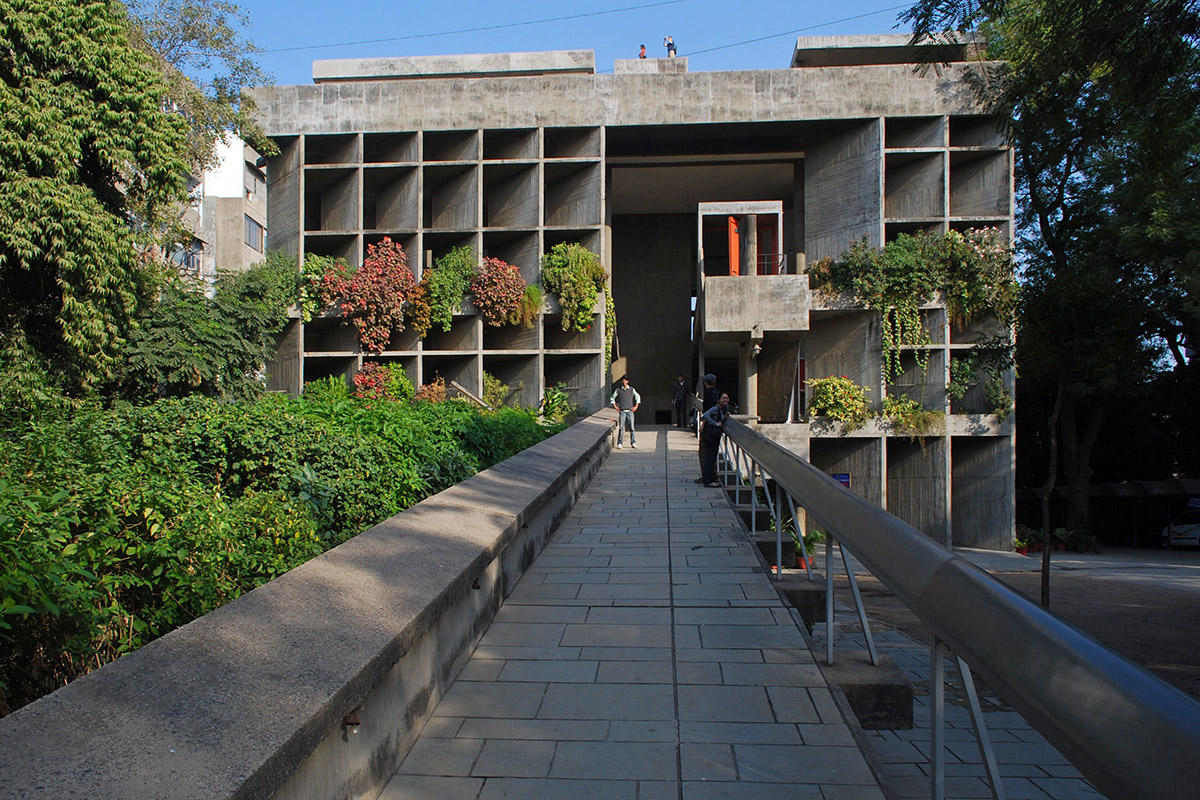
All images © Sanyam Bahga except where mentioned.
Title image courtesy of jazzinphoto.wordpress.com.
> via Le Corbusier and Pierre Jeanneret: The Indian Architecture.
